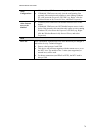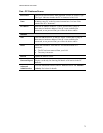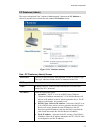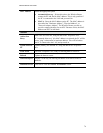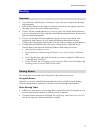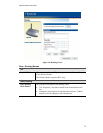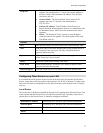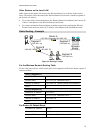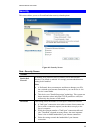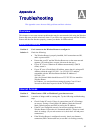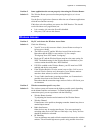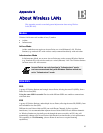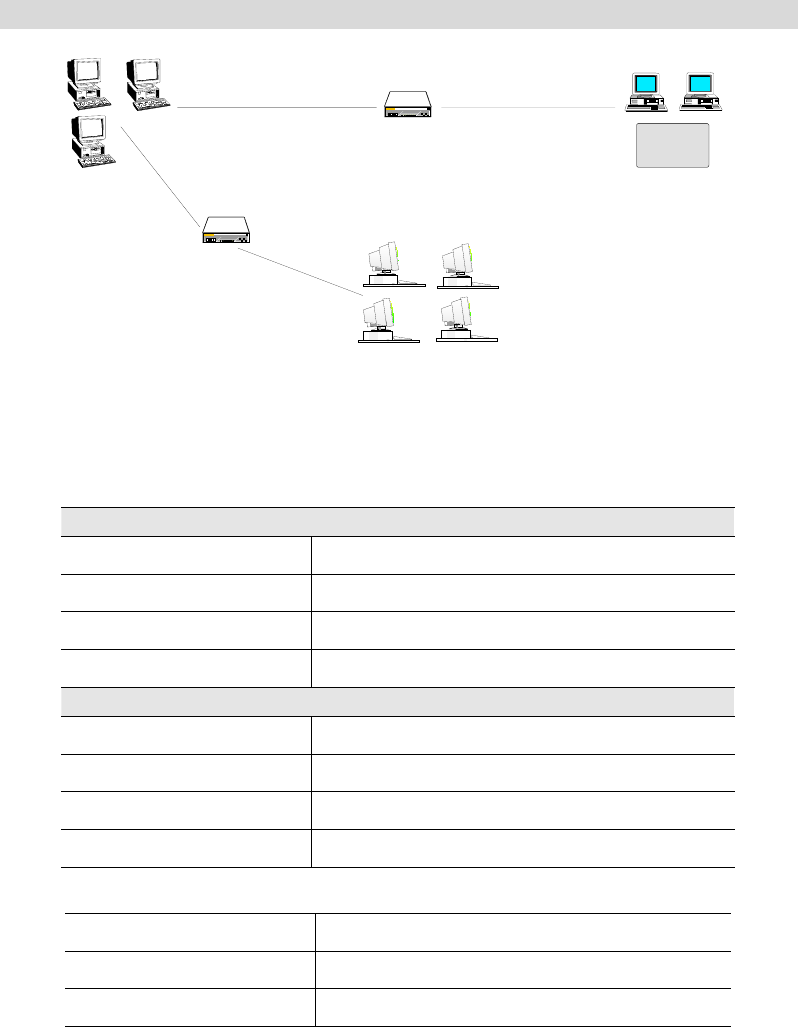
Wireless Router User Guide
78
Other Routers on the Local LAN
Other routers on the local LAN must use the Wireless Router's Local Router as the Default
Route. The entries will be the same as the Wireless Router's local router, with the exception of
the Gateway IP Address.
•
For a router with a direct connection to the Wireless Router's local Router, the Gateway IP
Address is the address of the Wireless Router's local router.
•
For routers which must forward packets to another router before reaching the Wireless
Router's local router, the Gateway IP Address is the address of the intermediate router.
Static Routing - Example
Router B
(192.168.1.90) (192.168.2.70)
Router A
Segment 0
Segment 2
Segment 1
Wireless
(192.168.0.xx)
(192.168.1.xx)
(192.168.0.100)
(192.168.0.1)
(192.168.2.xx)
(192.168.1.80)
Router
Figure 45: Routing Example
For the Wireless Router's Routing Table
For the LAN shown above, with 2 routers and 3 LAN segments, the Wireless Router requires 2
entries as follows.
Entry 1 (Segment 1)
Destination IP Address 192.168.1.0
Network Mask 255.255.255.0 (Standard Class C)
Gateway IP Address 192.168.0.100 (Wireless Router's local Router)
Metric 2
Entry 2 (Segment 2)
Destination IP Address 192.168.2.0
Network Mask 255.255.255.0 (Standard Class C)
Gateway IP Address 192.168.0.100
Metric 3
For Router A's Default Route
Destination IP Address 0.0.0.0
Network Mask 0.0.0.0
Gateway IP Address 192.168.0.1 (Wireless Router's IP Address)



